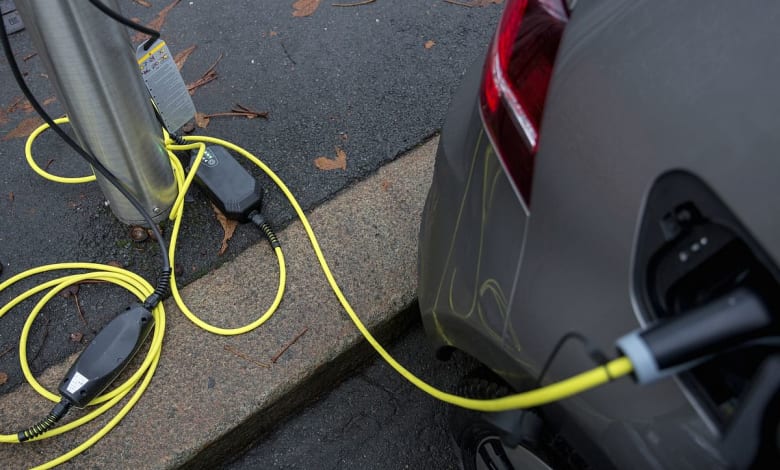Public charging points is future of EVs

Every nation bears the responsibility of reducing their greenhouse gas emissions. India, on its part, has committed to reducing its carbon footprint by 33-35 per cent by 2030 from the 2005 levels, as part of its NDCs under the Paris Agreement. Globally, transportation and power generation together account for more than half the world’s greenhouse gas emissions.
To decarbonise power generation, the world is trying to move towards an energy mix with high percentages of renewables-based energy. India has set itself a target of installing 450 GW of renewables-based energy capacity by the year 2030 majority of those would be coming from Solar and wind which are variable in nature and, therefore, need to be balanced with storage capacity.
Against this background, electric vehicles (EVs) have emerged as an important element of strategies aimed at reducing emissions from the transportation sector and also aid decarbonising the power sector by providing much needed storage capacity through its batteries.
EVs have no tailpipe emissions as well as least lifecycle Green House Gas (GHG) emission amongst various power train-driven vehicles even with current mix of energy in the grid which is getting greener by the day.
Furthermore, EVs can balance the grid by drawing power during peak generation hours, storing it in the battery when they remain parked and releasing it back into the grid when needed. The relevance of EVs is thus beyond doubt.





